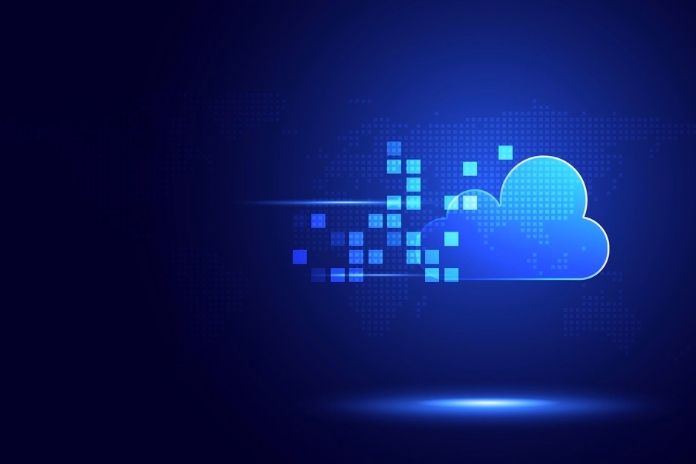Edge computing then moves data processing, analytics, and communication skills from the center of data centers to a closer location or the devices themselves to reduce latency, ensure efficient operations, and improve the user experience.
Any smart device – like IoT sensors, cell phones, etc. – can be considered an edge, that is, edge or peripheral. But the processing of the data they produce, before edge computing, was not: it was only possible in a centralized infrastructure.
Edge servers, therefore, are compared to peripheral micro-data centers, which form a decentralized network architecture strategically positioned to provide speed and quality of processing at the lowest cost and most security.
This architecture performs well when combined with traditional central data center models, mainly because it allows an intermediate treatment, alleviating traffic and bandwidth consumption, and filtering and separating relevant and permanent data from temporary data before sending it to the server. Main. Thus, edge computing reduces storage costs, for example.
Edge Vs. Cloud Computing
Edge and cloud computing are directly linked since those who already work with cloud computing can increase their efficiency with edge computing, in a cloud edge format, that is, in an architecture hosted in micro-data centers.
This will be useful for latency-sensitive applications that handle high data volumes. Applications not affected by latency do not benefit from edge computing.
However, one must be selective in combining edge and cloud computing. As a technology that has not yet been explored, the edge requires good management, governance, security, and integration practices.
For those who will start this migration, the recommendation is to gather software management tools to help the organization find the right fit between the mix of architecture based on edge or cloud and an experienced team to operationalize the process.
The Edge Computing Market In Industry 4.0
While the cloud and the industrial internet of things – IIoT were already on a path of significant impact in terms of automation and data generation in the industry, the edge, at least until 2016, was relegated to the fringes.
Edge Computing Applications In The Industry
Within the industry, the edge thrives, removing some obstacles that still held back all the promises of a smart factory, preventing the industry from getting more out of the data it produces.
Edge accelerates and enables the adoption of technologies such as IIoT, analytics, artificial intelligence, augmented reality, and robotics, which require high computational power to produce analytics that can be triggered in real-time.
Today, the edge can quickly deploy from the cloud. For example, the edge environment will be the equipment’s own processor in connected devices. In non-connected positives, such as legacy machinery, will be coupled to the equipment through edge devices.
Integrated with IIoT equipment, it will be useful to create an interconnected operational infrastructure, which produces a wide set of data that can be analyzed quickly, reducing the lag of results in monitoring and prediction.
It can also be the solution for devices with artificial intelligence like robots and autonomous resources, which require real-time data analysis power.
Challenges Of Applying The Edge Computing Industry
Fragmented Ecosystem
As we have seen, the edge computing market is still in its infancy. This makes the ecosystem, formed mainly by vendors and cloud providers, not very standardized.
According to Frost & Sullivan’s analysis, operators and vendors are still seeking agreement to launch offerings in retail or are conducting trials in some metropolitan areas to understand how this offering will reach the market.
Security
Security is one of the big questions about edge computing. The application of edge computing is seen as safer due to the proximity of the processing to the source device, which avoids the transit of data to a centralized environment, that is, more vulnerable.
On the other hand, an infrastructure of scale massively distributed across the network’s periphery creates new gateways for threats. It is more difficult to maintain the same level of security at an acceptable cost.
However, in defense of the edge, such an attack would be punctual and would not affect the whole network.
Management
Implementing edge computing means doing computing at a completely different level and environment. The unique characteristics of edge computing make management solutions always unique. No model determines what stays at the edge level and in the cloud.
Scalability
The growth of edge computing servers can become a major problem with the proliferation of devices and the consequent demand for the scale of operation.
Also Read: Three Industry Challenges In Migrating To The Cloud

